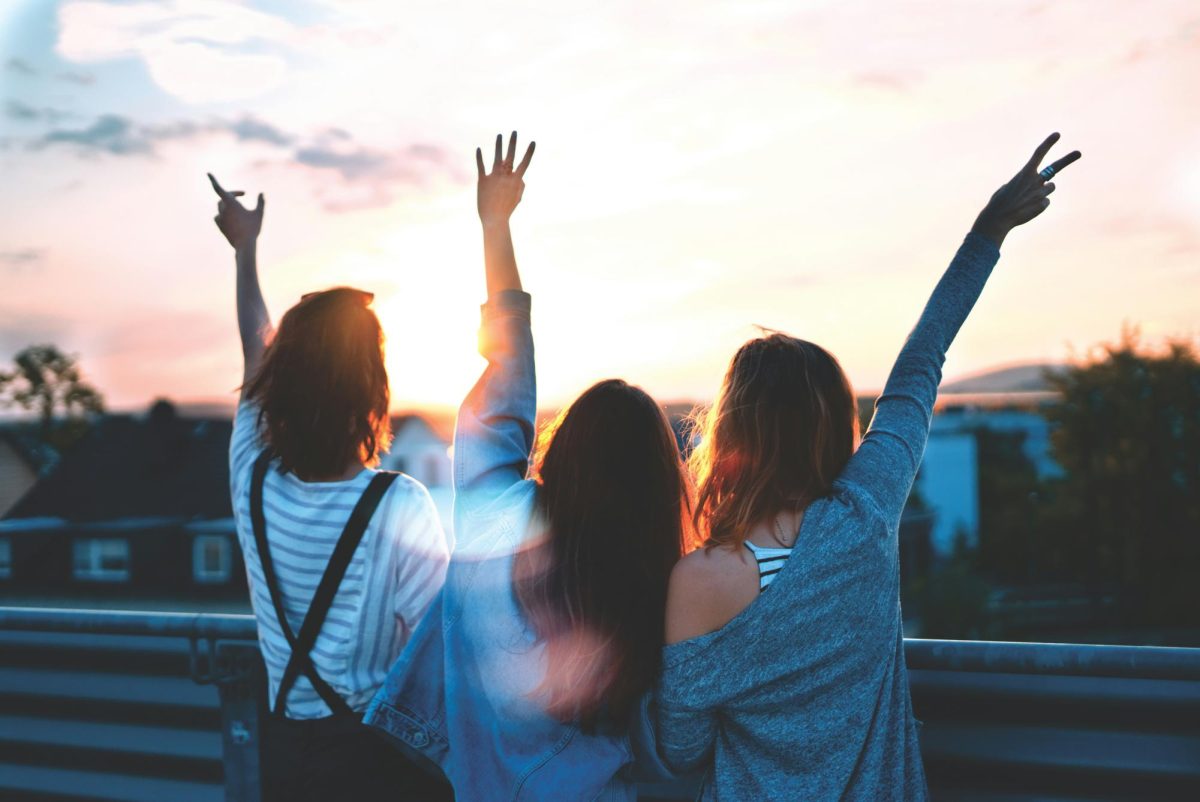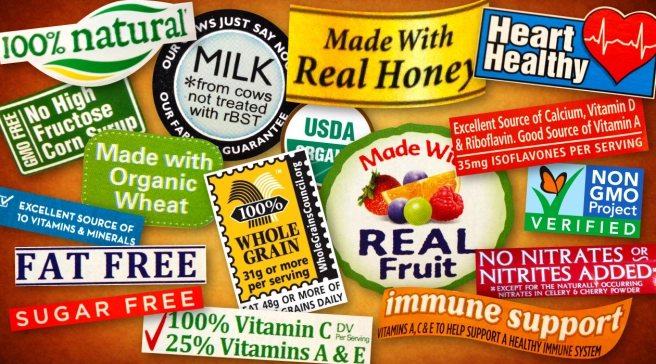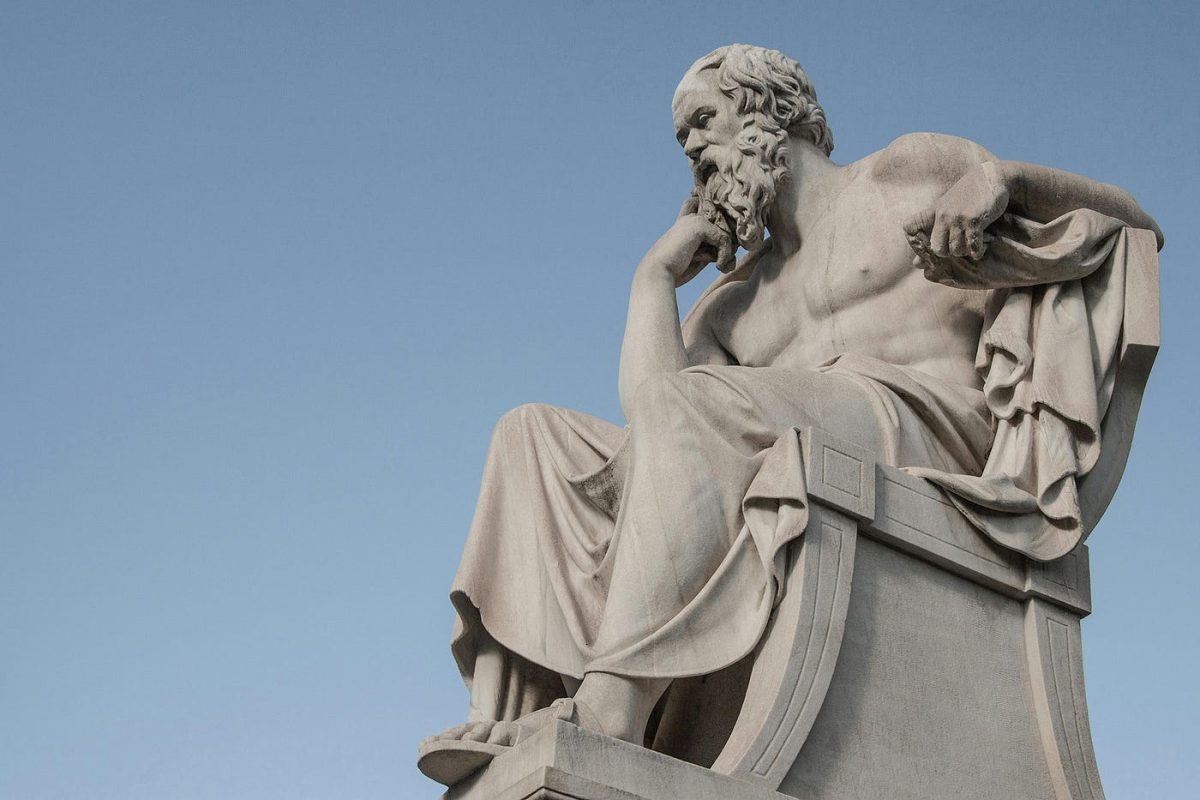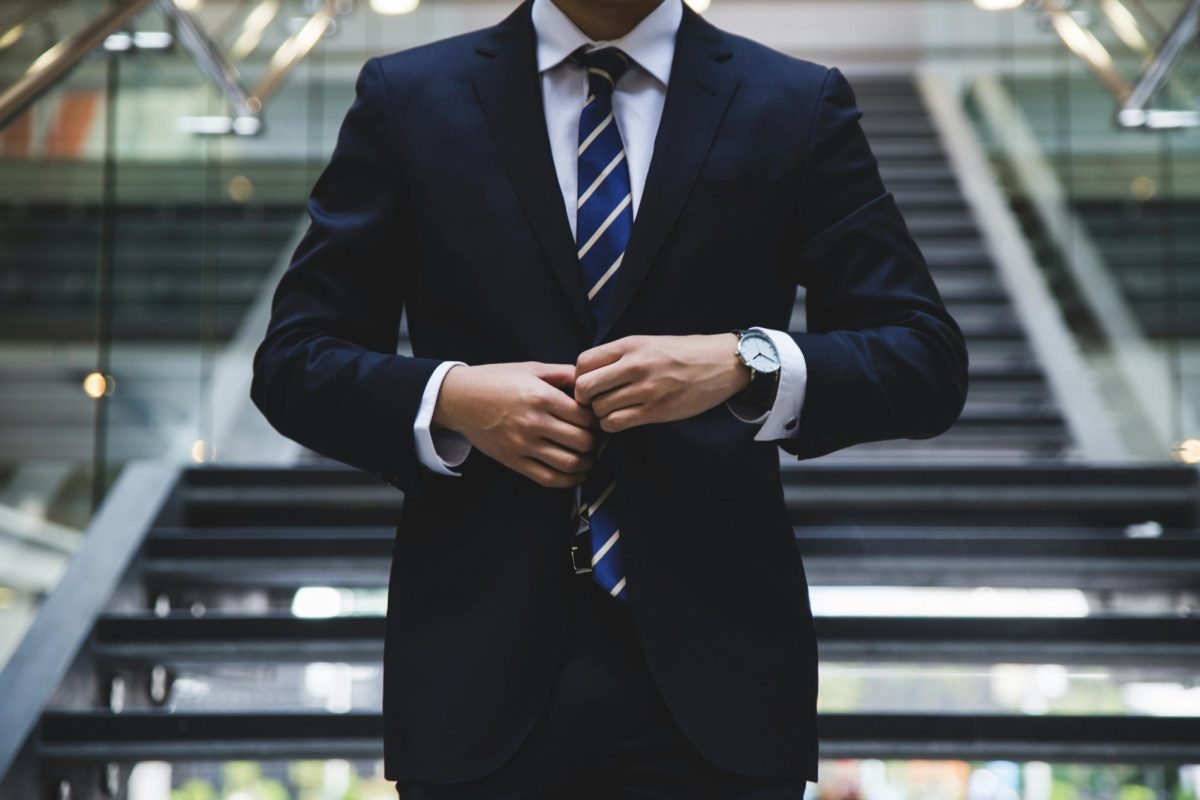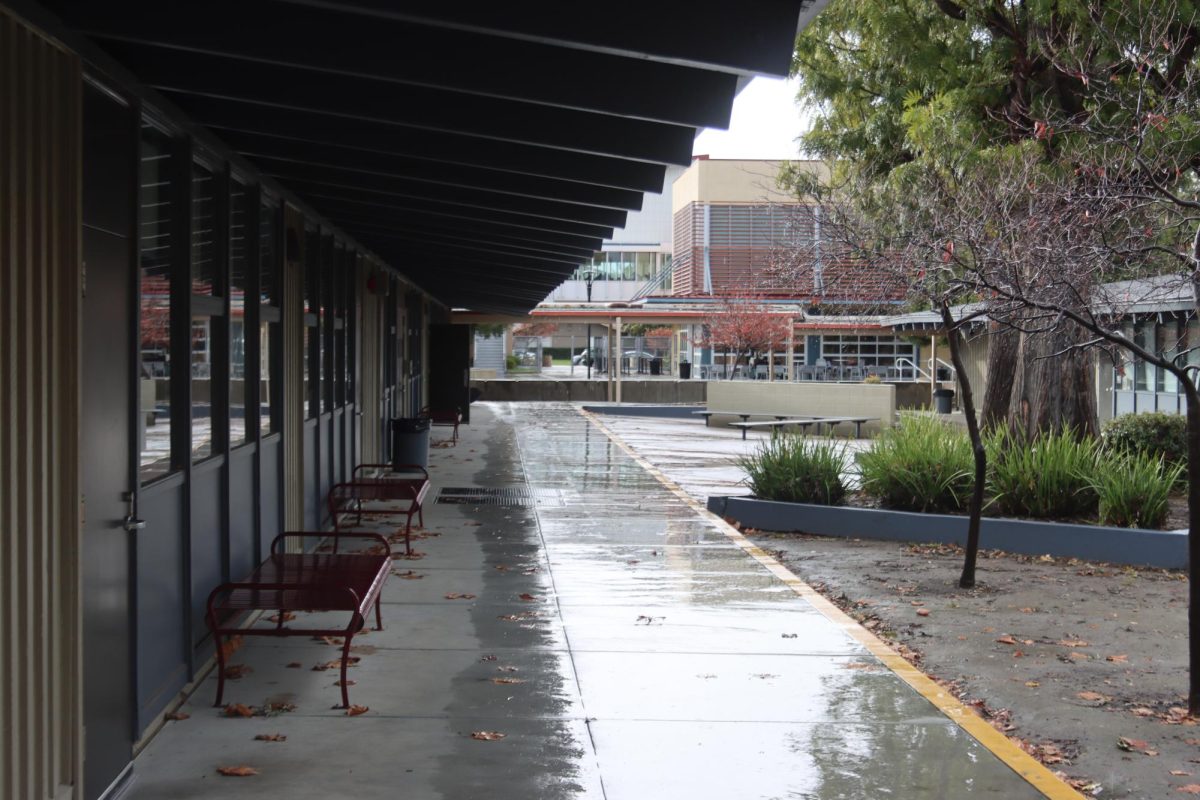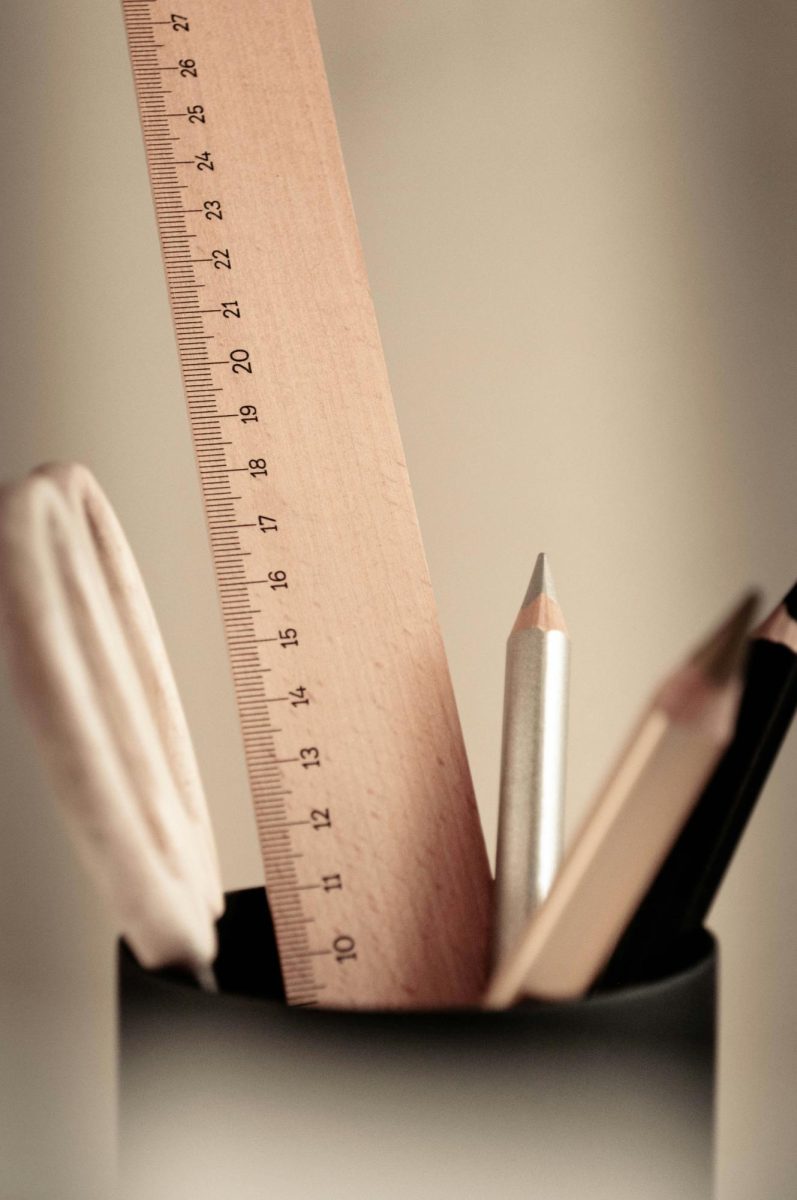The fear of aging is intensifying across generations, with each era introducing new, detrimental angles as social media and the beauty industry continually amplify the pressure to pursue evolving physical standards.
The obsession with appearance and visage is not unfamiliar, especially to women, who have long been pressured by societal standards to maintain a youthful appearance as a hallmark of beauty and value. Such fixation dates back centuries BCE to ancient Egypt, where royalty figures like Cleopatra with their infamous renowned milk baths and honey treatments became one of the earliest symbols of ageless beauty. This image has long been capitalised on by marketers who suggest that the biological clock can somehow be counteracted by extravagant treatments and chemical products. The influence persisted later during the renaissance, as artists like Leonardo Davinci and Michelangelo created pieces like Vitruvian Man and David, which emphasized the physical superiority of youthfulness. Today, the cultural norms that have accumulated from this history are carried on by beauty businesses and their publicity.
Perhaps most alarming of all—the fear of aging, once primarily a concern for older individuals, has begun to plague younger generations. This shift closely tracks increasing accessibility of social platforms to such age groups, where influencers contribute to the growing buzz around what constitutes physical health. What’s worse is that these platforms enable the use of filters and editing techniques, allowing influencers to falsify outcomes and mislead their audiences into believing that these unattainable ideals are both necessary and possible.
TikTok subcultures in particular have contributed to this biological taboo. The 2025 “old filter trend,” where users place an aging filter and compare it to their bare face, has caused an outburst of shock and paranoia around the subject of age. In one of these videos, user @Angel_Kisses.xo commented, “I just used this [filter] and…I’m saving up for surgery cause hell no.” Such trends thus pose a negative impact as they promote the idea that aging features are undesirable and encourage people to resort to procedures to address insecurities, which can often be an unhealthy way to deal with self-image. The videos often caption that “dermatologists” are approving the accuracy of filters, most of which have never been fully verified, demonstrating how misinformation is often widespread on the app.
“I have had several teenagers recently come in and say, ‘I want my skin to look like glass.’ It’s a buzzword for blemish-free, porcelain-like skin,” said Carol Cheng, M.D., from UCLA. “Unfortunately, most online pictures of ‘glass skin’ are curated with the heavy aid of technology, and it would be impossible for most of us to replicate this look in real life.” The term sets a standard that subtly rejects natural texture and implies that even the slightest hint of maturity must be erased.
The pressure to preserve youth is also stratified by culture and tradition Research shows that Eastern societies often associate aging with wisdom, respect, and increased social significance. A 2017 study published in the International Journal of Psychology revealed that Taiwanese populations generally hold such perceptions, while Western countries like the United Kingdom view aging through a more ageist lens, often associating increase in age with decline and loss of value. Furthermore a 2022 Columbine Health Systems Center for Healthy Aging global study of over 3,000 college students from 26 countries showed that most communities equate aging with physical decline and diminished abilities. These cultural norms are often woven into the fabric of individual and collective identities, making them difficult to target and transform on a societal level.
Of course, prioritizing health remains one of the clearest ways to unravel the stigma around aging with dignity and purpose. Platforms like YouTube allow more professionals to display their expertise, offering detailed workouts and daily routines that can be both educating and affordable. These opportunities become especially relevant as people age, providing more accessible tools to maintain fitness and prioritize well-being without resorting to costly or invasive procedures. Encouragement to attend to physical welfare can also be positively inspiring. It is also important to mention that not all treatments are invasive, and that countless products are being formulated and improved scientifically to tailor well to genuine physical needs.
Ultimately, however, appearance and materialistic pursuits like beauty and age defying treatments should not eclipse the importance of self acceptance and genuine well-being. Oftentimes, personal care and “skincare” comes in the form of relaxation, meditation, and minimalism—giving room for one’s body to exist in the natural state it requires. The best place to seek help is always one’s doctor and dermatologists, for tips on specific circumstances and personally tailored care.




